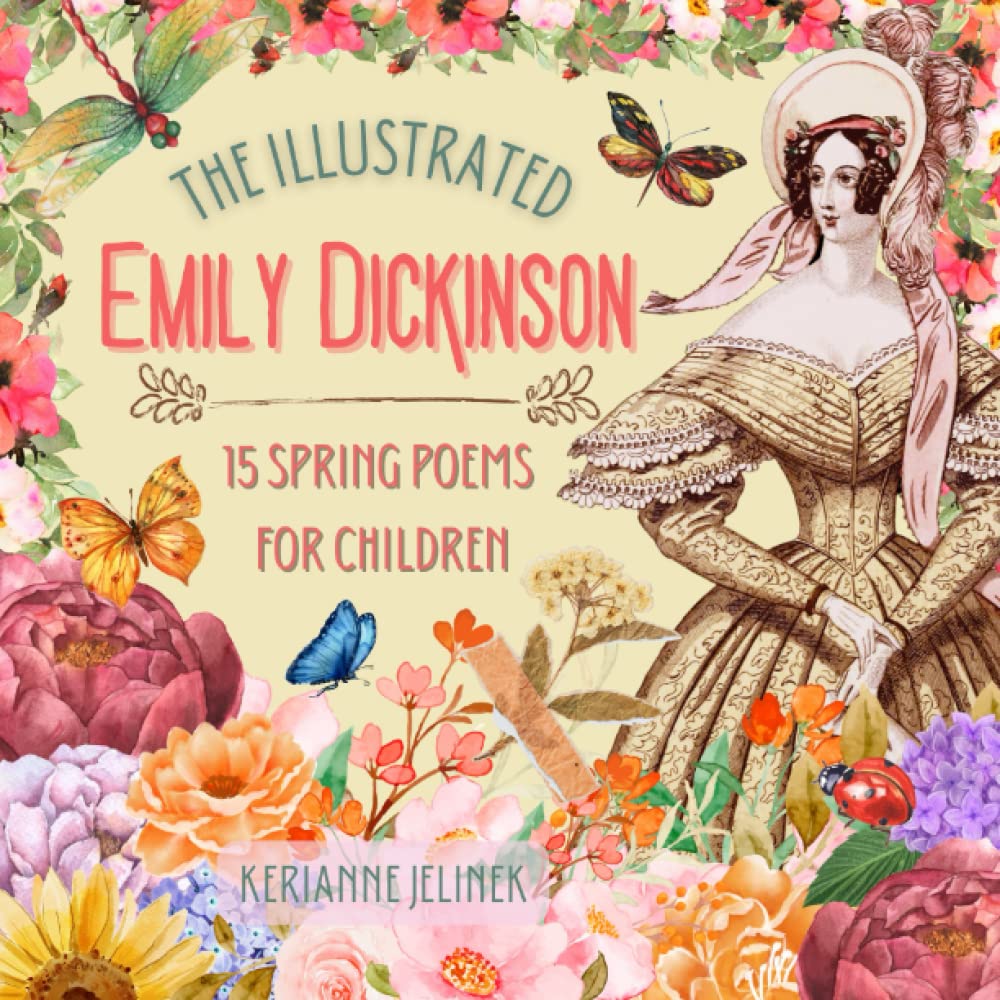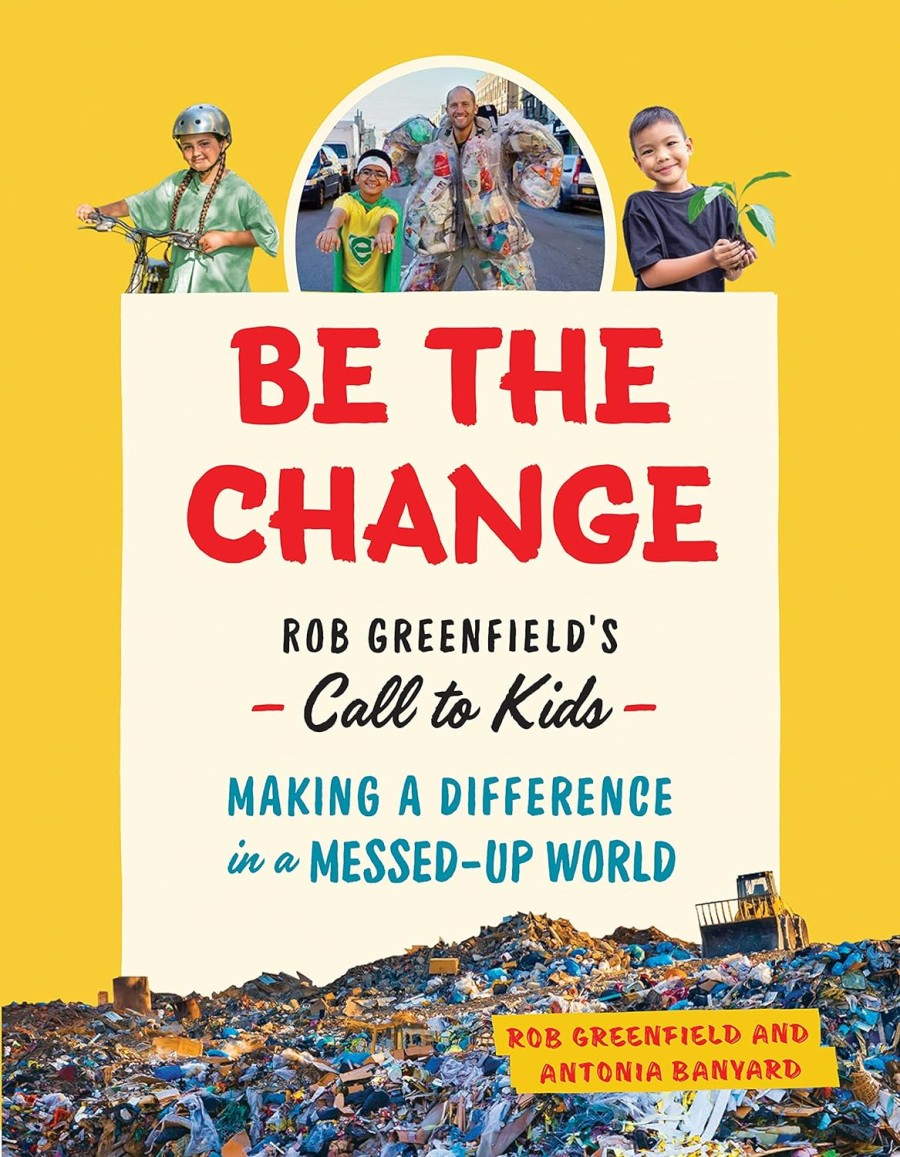The Beautiful Nature Poems of Emily Dickinson

Perhaps one of the best-loved nature poets is American Emily Dickinson. The daughter of a US senator, this young beautiful woman (who never married) was a recluse, who shut herself away (when not gardening) to write romantic poems on nature.
In life she suffered from depression, anxiety and eye pain (difficult for a writer), which may well have been the reasons why she preferred to be alone. Despite her popularity today, just 10 of her poems were published during her lifetime.
It’s believed that after his wife’s death, a friend of her father’s perhaps had a secret romance with Emily, but there are no letters to prove this. Emily died from a stroke, just 55 years of age.
Dickinson valued her privacy. She kept to herself, rarely leaving her house in her later years, and often refused visitors. Her reclusive lifestyle has become almost legendary.
Yet her isolation helped her focus on writing, giving her the quiet she needed to create her best work. Her letters show she cared deeply about her friends and family, even if she saw them less often.
While Dickinson wrote around 1,800 poems, only a handful were published before she died. Those that did appear in print were often changed by editors who did not understand her new style.
She kept her poems in hand-sewn booklets and trusted her family to care for them. Most people only discovered the full range of her work after her death.
Dickinson’s poems are well-known for their dashes, irregular punctuation and capital letters where you don’t expect them. This style puzzled her early editors, who tried to “fix” it in print.
Although she kept her distance from crowds, Dickinson kept up intense friendships by letter, especially with Susan Gilbert Dickinson (her sister-in-law) and Thomas Wentworth Higginson (a writer and critic).
After Dickinson died in 1886, her younger sister Lavinia found the bundles of poems. Lavinia asked others for help publishing them, leading to the first collections in the 1890s.
‘Hope’ is the Thing with Feathers
This is one of Emily Dickinson’s best-known poems, which represents hope in the human soul, inspired by the strong-willed bird, that never gives up.
“Hope” is the thing with feathers –
That perches in the soul –
And sings the tune without the words –
And never stops – at allAnd sweetest – in the Gale – is heard –
And sore must be the storm –
That could abash the little Bird
That kept so many warm –I’ve heard it in the chillest land –
And on the strangest Sea –
Yet – never – in Extremity,
It asked a crumb – of me.






